
Treatment With Crowns and Restoratives
Treatments may include interosseous wire (wire placed into the bone to allow for appropriate jaw alignment), intradental splint (wiring and acrylic material) or various other techniques to assist in your pet’s healing. Any wire or splints which aid in immobilizing the fracture site will require surgical removal after the fracture has healed.
The healing time may vary depending on the age of the patient as well as the severity of the fracture. Typically healing time occurs within 4 to 8 weeks. Older dogs may require a longer length of placement for splints/wire than younger dogs. Typically at a 2-week recheck, we will determine to follow-up care and when to remove the appliance (if one was used).
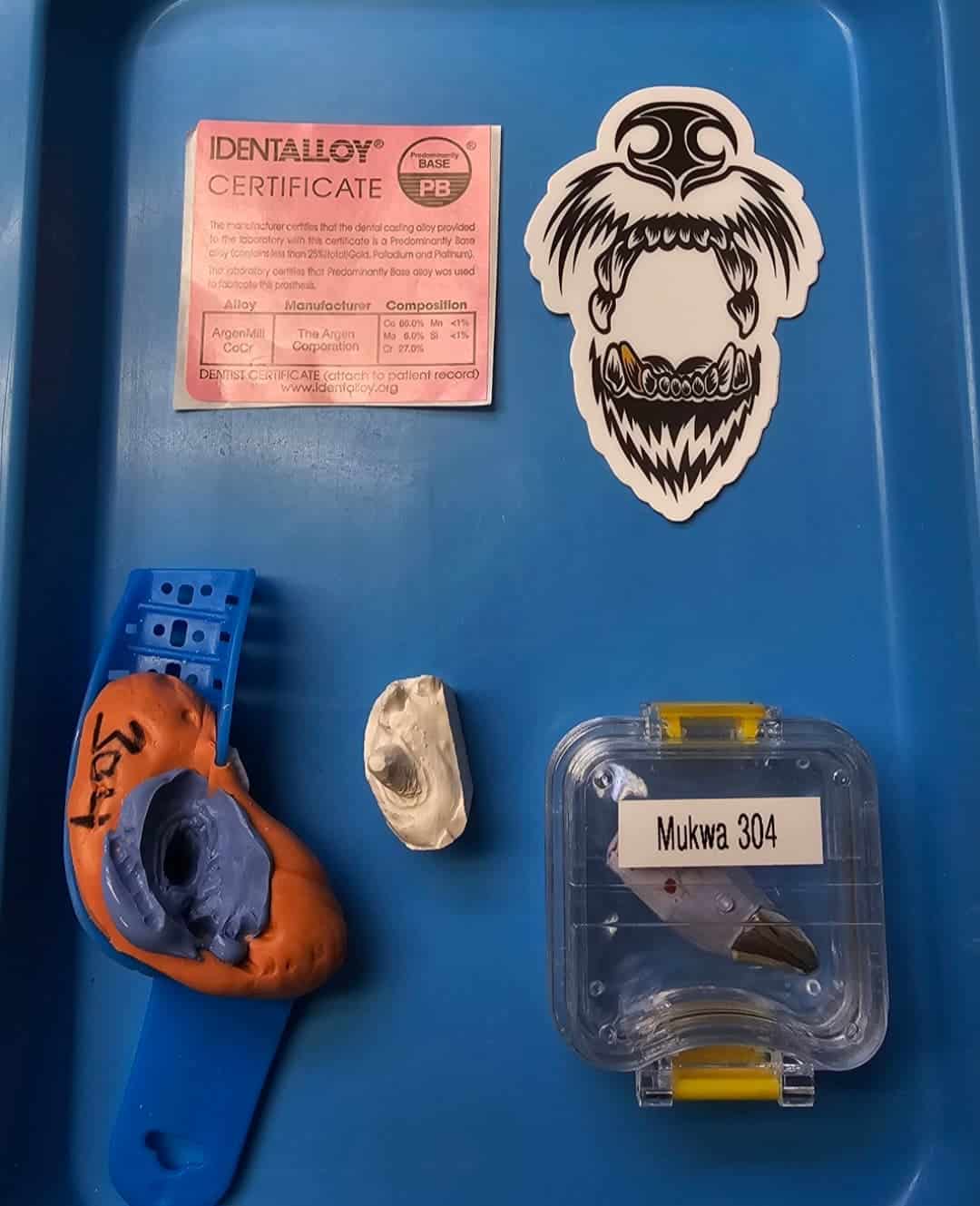
Crowns
- The purpose of applying a restorative or prosthodontic full metal titanium crown in a vital or non-vital pulp (root canaled tooth) is to reduce microleakage as well as provided greater strength to the tooth.
- A dental crown, typically made out of full metal alloy, which is then shaped and placed over the dog or cat’s tooth. The crown is cemented in place just above the gum line.
- What is the process in creating a crown by Creature Crowns?
- The first visit entails crown prep, usually a special type of margin is formed with special burs to have the crown be able to sit on once it is cemented.
- Once the margin is made, impressions are taken of the tooth/teeth as well as bite impressions and sent to the crown laboratory for manufacturing.
- This can take up to 2 weeks for the crown to be properly manufactured by the laboratory.
- Lastly, your pet returns in 2-3 weeks from initial visit to have the crown cemented in place which takes roughly 10-15 minutes of anesthesia and 20 minutes of recovery. Thus about a 45 minute appointment visit.
- Your pet will need to be on softened food for 3 days and then can return to normal diet and treats, pending the treats/chews are bendable, breakable and flexible to not cause tooth injury.
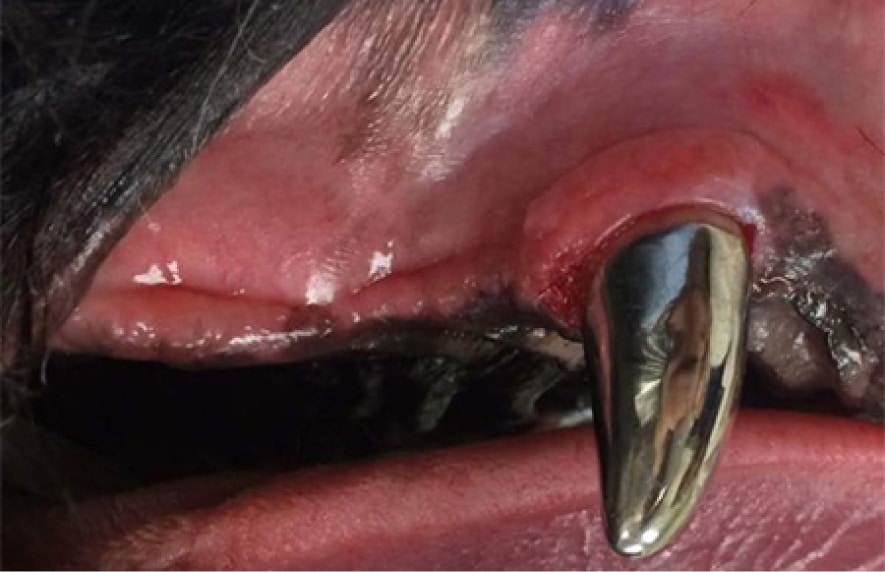
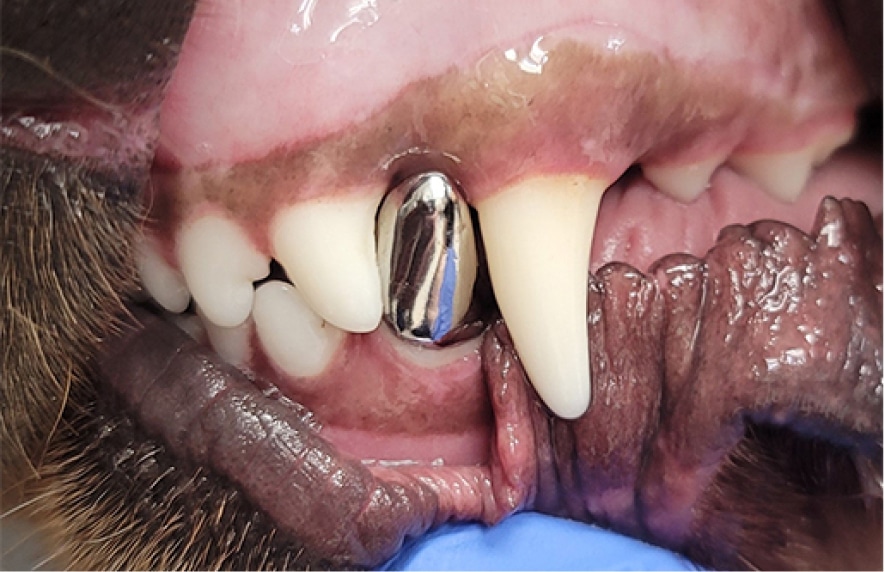
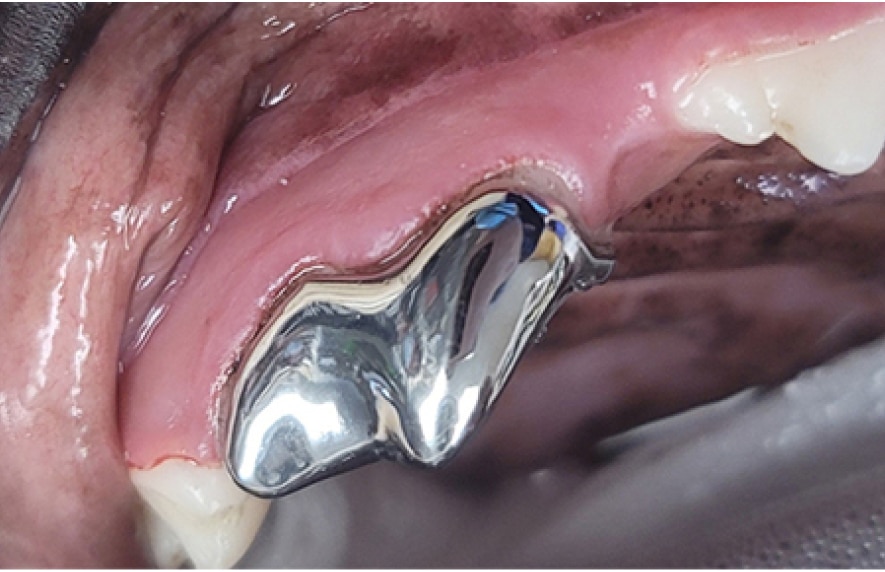
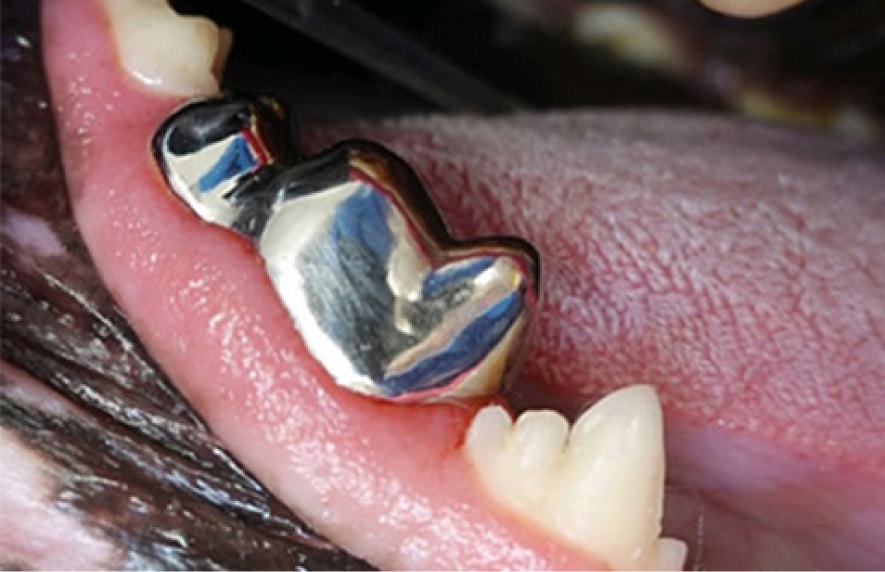
Restoratives
This is a procedure where the damaged enamel and dentin is smoothed down and a composite or resin material is placed onto the tooth to seal the exposed dentin.
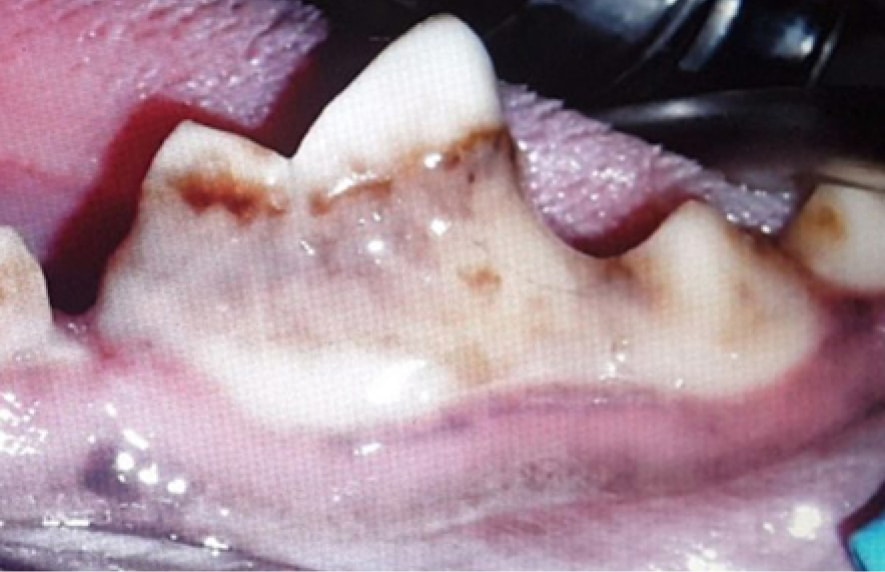
Before
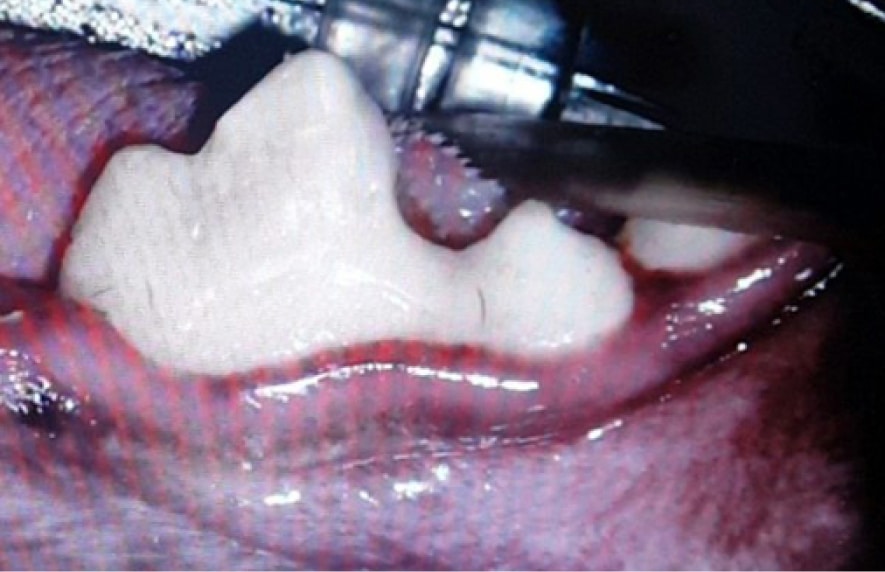
After
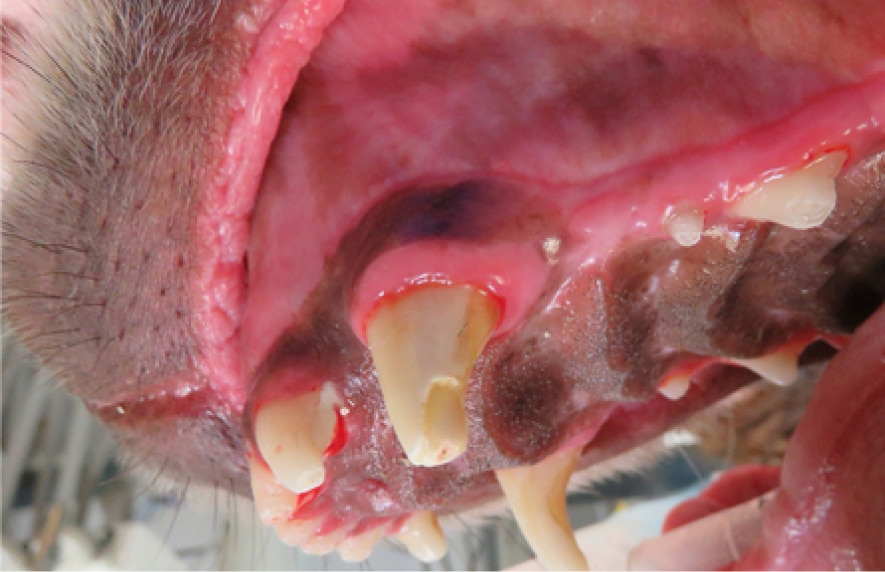
Before
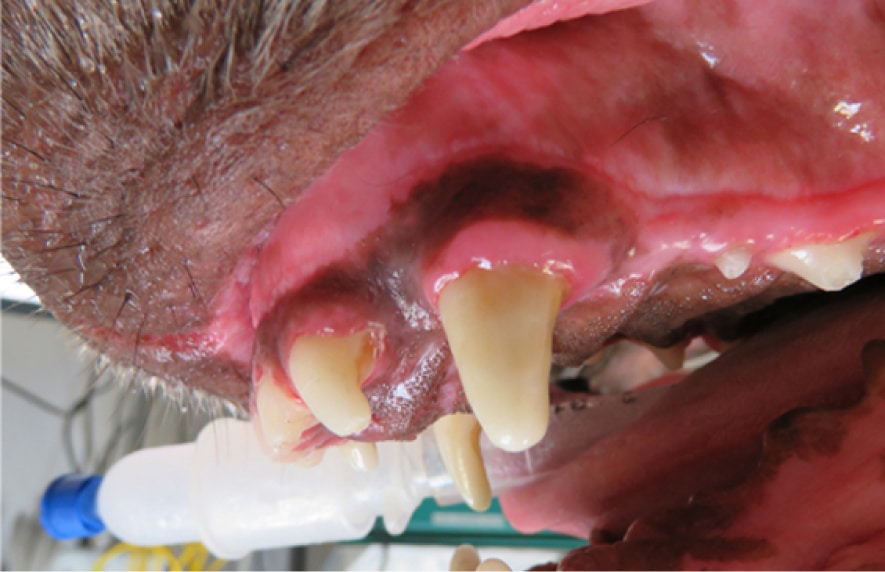
After
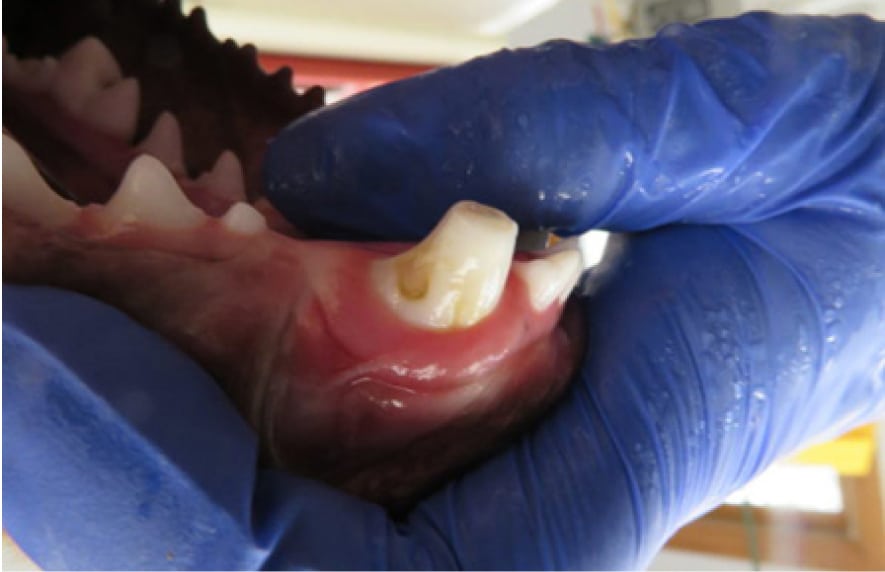
Before
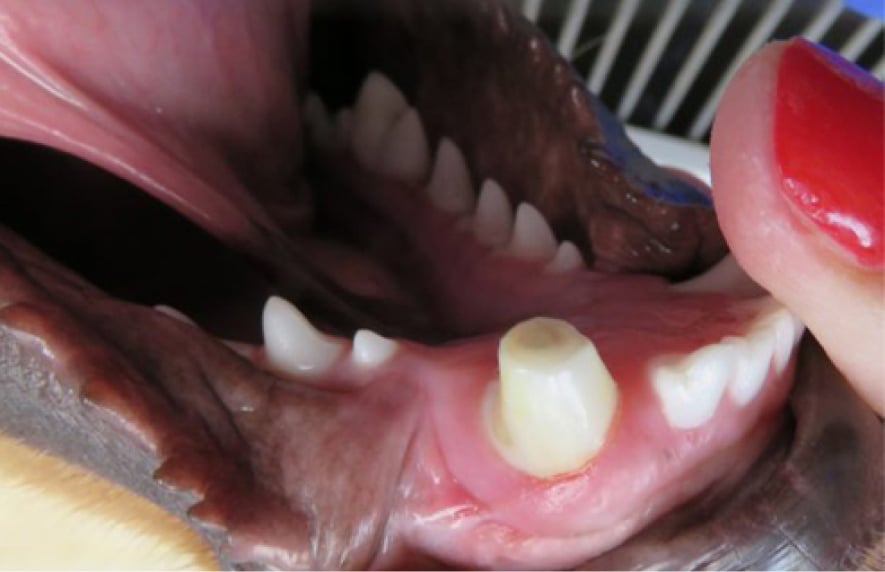
After
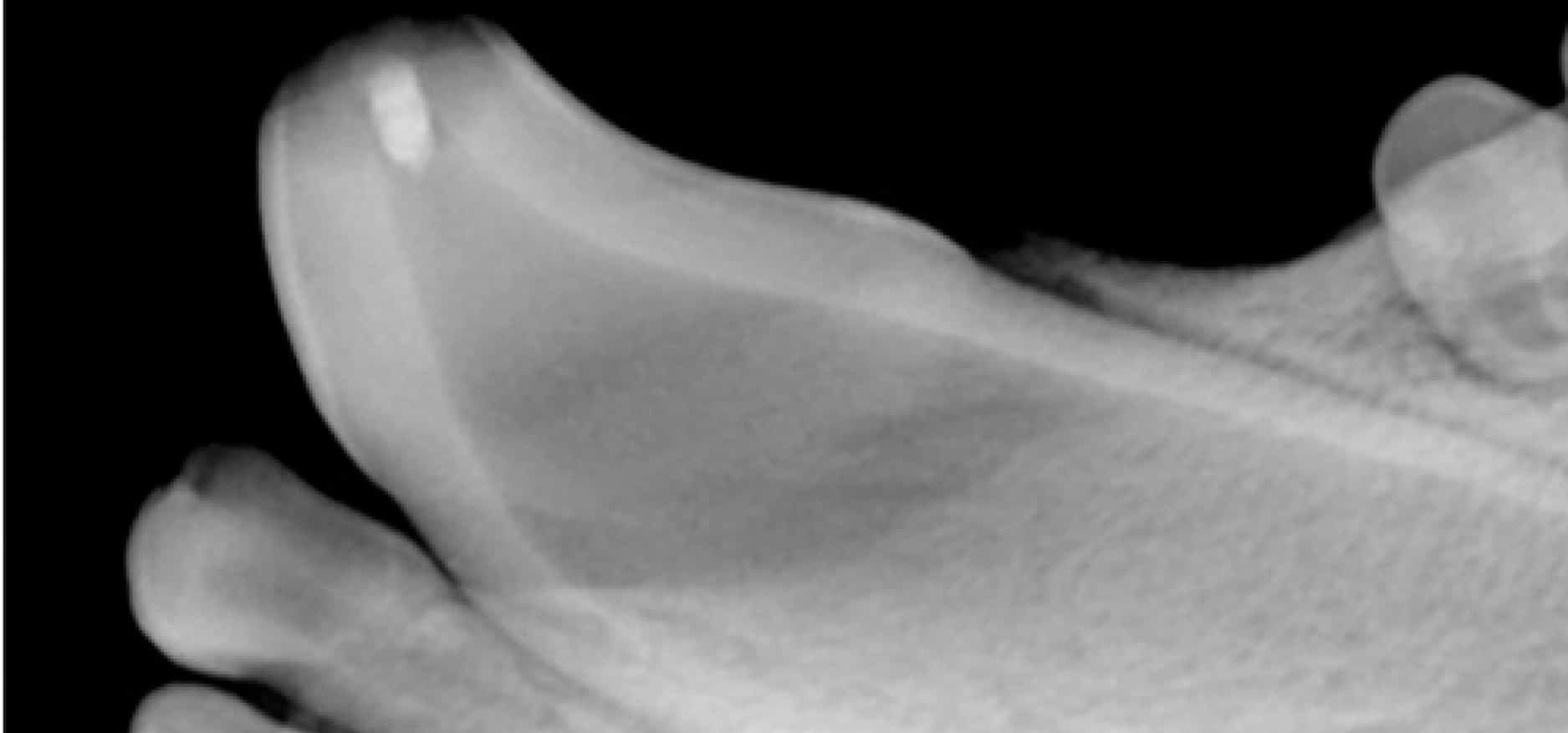
Headline Here
This is just placeholder text. Don’t be alarmed, this is just here to fill up space since your finalized copy isn’t ready yet. Once we have your content finalized, we’ll replace this placeholder text with your real content.
Sometimes it’s nice to put in text just to get an idea of how text will fill in a space on your website.
Traditionally our industry has used Lorem Ipsum, which is placeholder text written in Latin. Unfortunately, not everyone is familiar with Lorem Ipsum and that can lead to confusion. I can’t tell you how many times clients have asked me why their website is in another language!

Call (218) 461-4825 or book online to schedule your pet’s advanced dental appointment.

Frequently Asked Questions About Crowns and Restoratives
If a tooth is not fractured into the pulp, can “wait and see” be an acceptable option for my pet’s tooth?
No, “wait and see” is not acceptable. The tooth contains 3 structures: enamel, dentin (porous) and the root canal (nerve, artery and vein). A recent publication actually found nearly 25% of uncomplicated crown fractures can lead to endodontic infections (i.e. abscesses teeth). Call today if your pet has damage to one of their teeth.
What is a vital traumatized tooth?
A vital traumatized tooth is a tooth that is still alive but has a defect from trauma. This trauma may include uncomplicated crown fracture, uncomplicated crown root fracture, enamel defect, attrition, or abrasion, etc.
Fun fact about Dr. Brown!
Dr. Brown is published in the use of full metal crowns on vital teeth in the Journal of Veterinary Dentistry!
Read it here:
Radiographic Outcome of Vital Teeth Treated with Prosthodontic Crowns in Dogs 26 Cases (2015-2017) Journal of Veterinary Dentistry 2024, Vol. 41(5) 382-386
What are crowns, and why are they used in pets?
Crowns are typically made of titanium alloy and are placed over a dog or cat’s tooth to protect it after a root canal or other dental procedure. They provide strength and reduce the risk of microleakage, helping to preserve the tooth and prevent further damage.
Did you know?
Dr. Brown recommends Creature Crowns for all crowns for her patients.
What types of alloys are used in crowns?
Titanium*, Argen Platinum Plus*, Chromium Cobalt*, Talladium*,
Argen Nobely+ (gold)
*indicates Lifetime warranty
www.creaturecrowns.com

